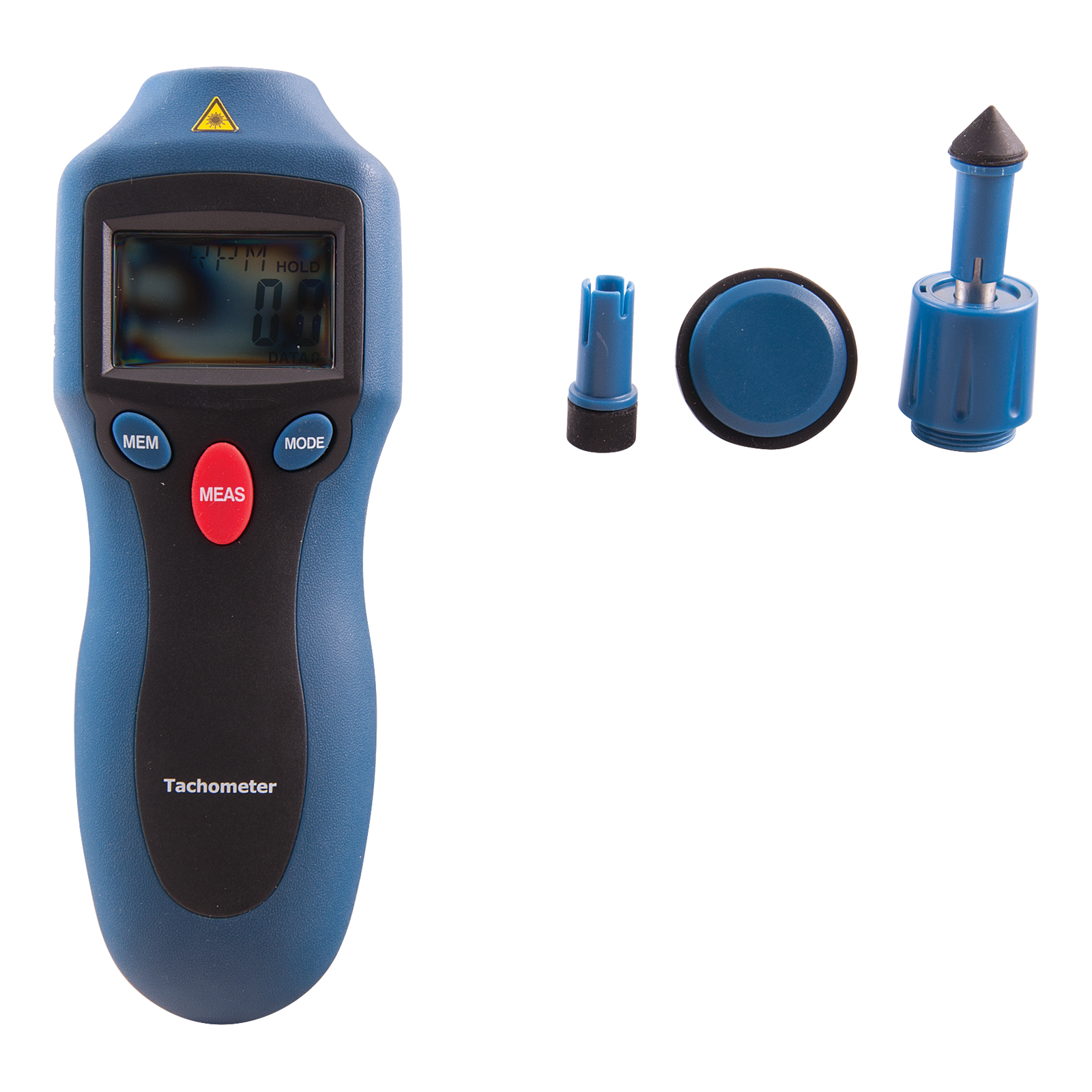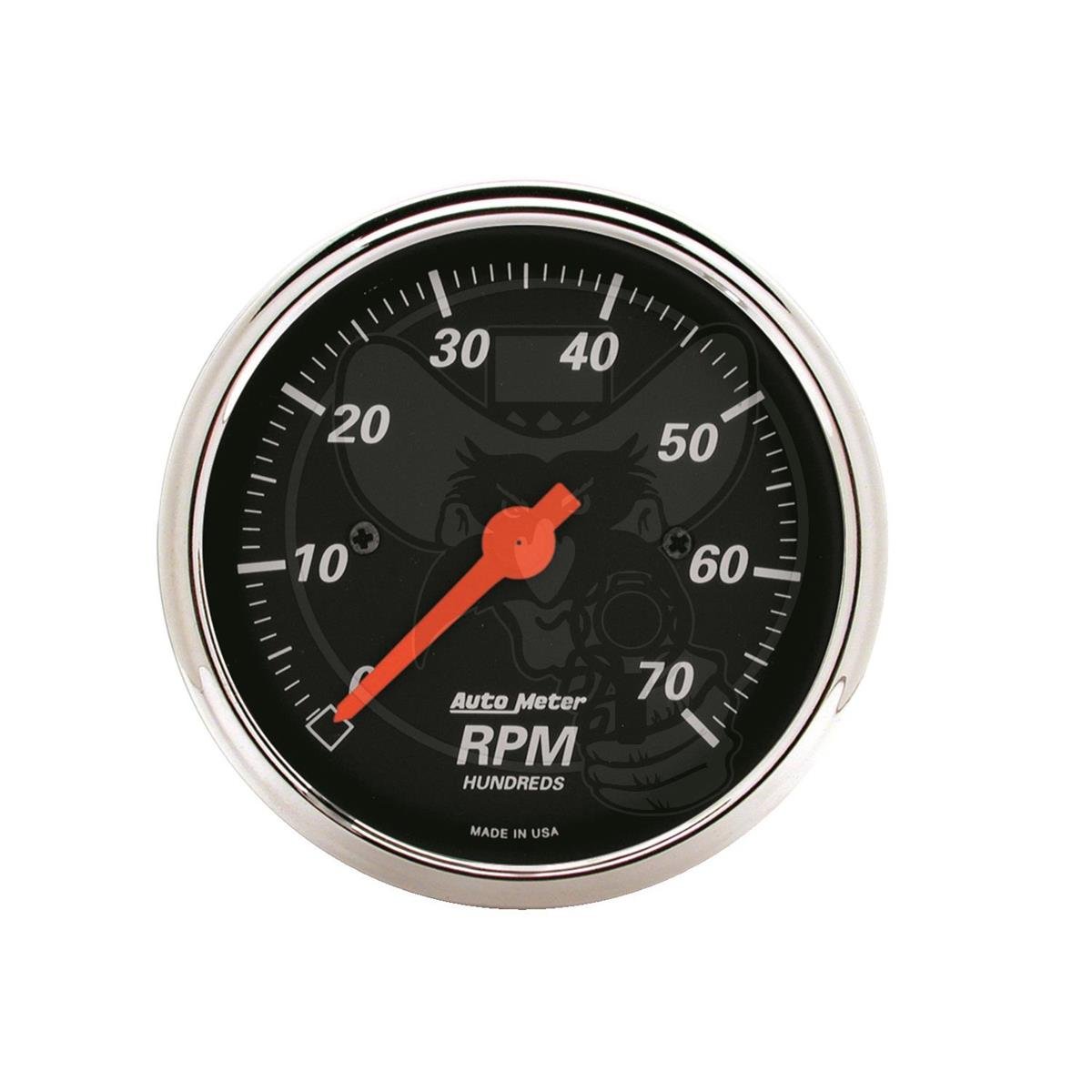Comprehensive Guide to Comprehending and Using a Tachometer Effectively
Comprehensive Guide to Comprehending and Using a Tachometer Effectively
Blog Article
The Significance of a Tachometer in Checking Engine Speed and Performance in Automotive Applications
In the realm of auto engineering, the tachometer stands as a crucial instrument in the vehicle driver's toolbox, giving a straight window right into the internal workings of an automobile's engine. Beyond its function as a plain gauge of transformations per min (RPM), the tachometer serves as a critical tool for lovers and specialists alike, providing real-time insights into engine efficiency and health. Comprehending the relevance of this device goes beyond surface-level monitorings, diving into the elaborate partnership in between engine speed, power output, and general driving experience. As we explore the complex duty of the tachometer in automotive applications, a deeper recognition for its influence on vehicle dynamics and efficiency starts to arise.
Relevance of Keeping An Eye On Engine RPM
Checking engine RPM, or transformations per min, is a vital aspect of automobile upkeep and performance assessment. Engine RPM straight correlates with the rate at which the engine's crankshaft rotates, showing how promptly the engine is running.
Additionally, keeping an eye on engine RPM is essential for performance evaluation in racing and high-performance vehicles. In summary, monitoring engine RPM is not just crucial for identifying issues yet additionally for optimizing engine performance in numerous automotive applications.

Advantages of Real-Time Information
In automotive applications, real-time information plays a critical function in offering instantaneous insights into the efficiency and condition of the vehicle. By constantly keeping track of various specifications such as engine rate, temperature level, fuel consumption, and more, real-time information offers various benefits that contribute to enhanced effectiveness and security when driving.
One considerable benefit of real-time data is its ability to sharp drivers and technicians to any abnormalities or issues promptly. This proactive technique makes it possible for fast recognition of prospective issues, enabling prompt interventions to stop further damage or breakdowns. In addition, real-time information helps with efficiency optimization by offering instant feedback on driving habits and engine efficiency. Vehicle drivers can readjust their behavior in real-time based on this info to achieve much better fuel economy and extend the life expectancy of their lorry.

In addition, real-time information plays an essential duty in contemporary auto diagnostics, enabling professionals to rapidly detect and attend to malfunctions. This causes decreased downtime, lower maintenance expenses, and eventually, enhanced total car reliability and durability (tachometer). By utilizing the power of real-time data, vehicle stakeholders can make informed decisions that favorably influence both the performance and durability of the car
Effect on Gear Shifts
Efficient equipment changes in automotive applications significantly affect overall performance and driving experience. The tachometer plays an important duty in enhancing equipment shifts by giving real-time engine speed data to the vehicle driver. When coming close to the redline on the tachometer, it signals the driver to upshift to avoid over-revving the engine and creating potential damage. On the other hand, downshifting at the best minute can aid maintain the engine in its power band, guaranteeing receptive velocity when needed.
Additionally, the tachometer help in attaining smoother equipment shifts, particularly in manual transmissions. By checking engine rate, chauffeurs can execute equipment shifts at the optimum RPM array, reducing jerking activities and reducing wear on the transmission elements. This accuracy on duty modifications not just boosts driving convenience but also adds to sustain efficiency.
Enhancing Fuel Efficiency
Provided the critical role the tachometer plays in maximizing gear shifts for performance and engine wellness, it straight adds to making best use of gas efficiency in vehicle applications. By supplying real-time comments check my reference on engine speed, the tachometer helps chauffeurs in maintaining the most effective RPM range for gas economic situation. When chauffeurs regularly keep track of the tachometer and readjust their motoring behaviors appropriately, they can stay clear of unnecessary gas consumption triggered by over-revving or hauling the engine.
Moreover, the tachometer aids chauffeurs identify the most fuel-efficient equipment to be in at any type of Bonuses given moment, protecting against the engine from working more difficult than essential. In conclusion, the tachometer serves as an important device in enhancing fuel efficiency by promoting optimal driving habits and recognizing areas for improvement in the vehicle's performance.

Making Best Use Of Engine Longevity
The tachometer's duty in monitoring engine speed and efficiency is important in making certain the durability of vehicle engines. By utilizing the tachometer properly, chauffeurs can maximize engine long life via mindful RPM monitoring. Regularly revving an engine too high can lead to extreme damage on crucial elements, such as the pistons, shutoffs, and bearings. In time, this can cause decreased engine efficiency and potential malfunctions. Monitoring the tachometer permits vehicle drivers to stay within the suggested RPM range for their vehicle, preventing unneeded pressure on the engine and extending its life expectancy.

Conclusion
In final thought, the tachometer plays an important duty in monitoring engine rate and performance in vehicle applications. By offering real-time data on RPM, it allows for efficient gear shifts, improved fuel effectiveness, and made best use of engine longevity. This device is crucial for preserving optimal engine efficiency and guaranteeing the total functionality of a vehicle.
Report this page